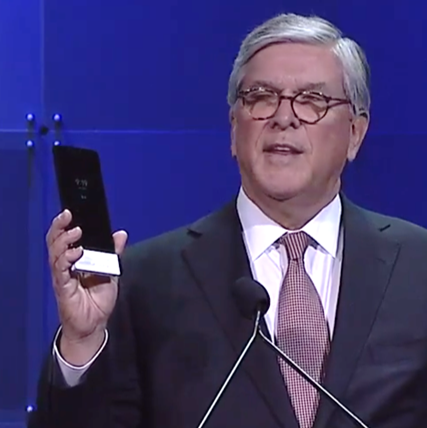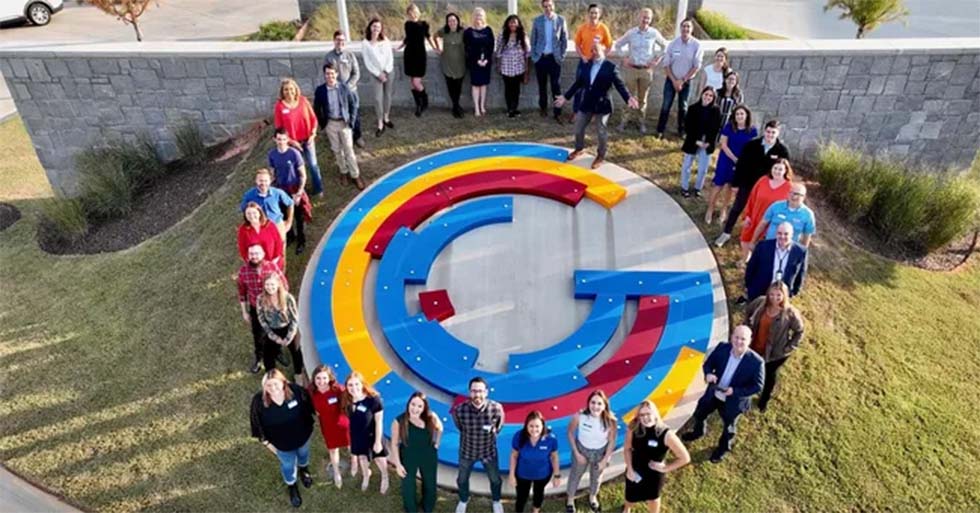What the Digital Transition Teaches Us, A Decade Later
Ten years ago, America said goodbye to an old era in TV technology and went all-in on a new form of broadcasting. On June 12, 2009, the federal government discontinued analog broadcasting, and TV stations across the country began broadcasting solely in digital format — the birth of high-definition television (HDTV) as we know it today.
We’re now on the cusp of introducing the American public to the latest set of improvements in the evolution of TV — broadcasting technology that delivers Ultra HDTV video, customizable audio, improved reception and interactive features all via an over-the-air signal. Navigating this national transition will be a challenge, but looking back at the original digital transition offers a clear roadmap to success.

The transition to digital broadcasting took more than 20 years, start to finish, and proved the benefits of government and the private sector working together — a victory for companies in our sectors, the federal agencies that work with us and, ultimately, consumers. But it all could have gone spectacularly wrong.
DECADES IN THE MAKING
Japan had been studying HDTV since the 1970s and was ready to begin analog satellite — but not digital — HDTV broadcasting toward the end of the 80s. Not wanting to be left behind, in 1987 the FCC began working with industry leaders here in the U.S., forming the FCC Advisory Committee on Advanced Television Service (ACATS) to explore how our country could spearhead the next wave of TV innovation.

Through an ongoing, candid conversation with consumers, government leaders and innovators, ACATS — along with the industry’s standards-setting organization, the Advanced Television Systems Committee (ATSC) — in 1995 set a standard for digital broadcasting that became the envy of the world, with HDTV as its centerpiece. Our American success story was a groundbreaking change — delivering captivating broadcast imagery, enabling exponential possibilities for content creators in Hollywood and beyond — that convinced the broadcast world our future was digital, not analog. Yet none of this could have happened without trust and collaboration from all parties.
Today, that level of cooperation seems remarkable. In an increasingly divisive political climate, building and sustaining that kind of momentum would be nothing short of miraculous. But it’s exactly what we’ll need to maintain our country’s global lead in innovation.The transformative potential of today’s cutting-edge technologies — from virtual reality to Ultra HDTV, artificial intelligence to robotics — far eclipses that of digital broadcasting. If we want to harness these technologies to strengthen our society and change our lives for the better, we’ll have to find common ground again.
The professional video industry's #1 source for news, trends and product and tech information. Sign up below.
CONSENSUS IS CRUCIAL
Three key elements stand out as reasons for our successful journey to digital television:
The first was its strong, thoughtful leadership model. As head of the ACATS, former FCC chairman Richard Wiley prioritized the need to establish consensus — listening carefully to all parties and “translating” each group of stakeholders’ concerns and ideas to one another. Chairman Wiley made a point of condensing what he’d heard into digestible pieces, so federal policymakers were informed of what was happening with private-sector companies but not inundated with weedy details.
Second, we established clear, shared goals at the outset. On one hand, the simplicity of our goal — build a system better than Japan’s and better suited to the lives of U.S. consumers — belied its complexity. On the other, the fact that our goal was so simple gave us the flexibility we needed to build a quality system, adjusting our approach as the technology itself evolved. Clarity and agility were crucial to implement these technologies quickly and safely.
Third, we prepared Americans for the transition to digital TV. We crafted extensive messaging around the transition, explaining to consumers how this technology made it as easy as possible for them to get more channels, better picture and better sound. We also shared our message with policymakers, giving them a glimpse of how digital TV would transform the media industry and strengthen the job market.
These factors might seem obvious, but in the whirlwind of disruptive ideas and the noise of partisan squabbling, it’s easy for the obvious to be overlooked. Paradoxically, implementing the next round of cutting-edge technology on a national scale — whether that’s the next generation of digital television debuting soon or a game-changing innovation such as self-driving vehicles — requires a return to the basics: consensus in leadership, clarity in goals and communication to consumers.
As the 2020 campaign heats up and our leaders begin to ponder their policy priorities for the coming decade, we urge them to look to the successes of the past. Only by building on these — the public and private sectors working together toward a common goal — can we lay a sure foundation for the innovation of the future.
Gary Shapiro is president and CEO of the Consumer Technology Association. Gordon Smith is president and CEO of the National Association of Broadcasters.
This op-ed originally appeared in Broadcasting & Cable.
